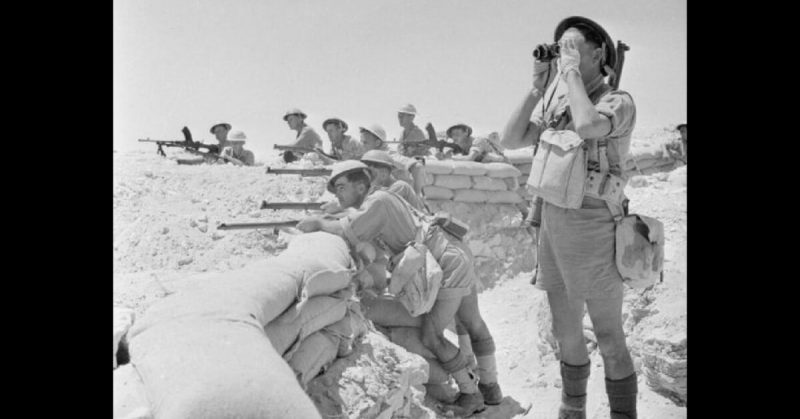The Victoria Cross is Britain’s highest award for military valor, and only three people have received it twice. One was so incredible, in fact, he earned the respect of a Nazi soldier.
Charles Hazlitt Upham was born on September 21, 1908, in Christchurch, New Zealand, He obtained a degree in agriculture, became a sheep farmer, and later worked for the government by valuing farms.
In 1938, he became engaged to Mary Eileen McTamney; neither realizing she was a portent of things to come. McTamney was related to Captain Noel Godfrey Chavasse – the second man to twice receive a VC.
The following year, Upham returned to college to study valuation and farm management. He had served in the New Zealand Territorial Army (NZTA) for five years, so when WWII broke out, he enlisted in the 2nd New Zealand Expeditionary Force (2NZEF) as a private.
His superiors were upset as he had held the rank of sergeant with the NZTA. They wanted him to go into the Officer Cadet Training Unit (OCTU), but Upham refused. He wanted to get overseas ASAP – not because of his fiancée, but because he wanted to get the war over with.
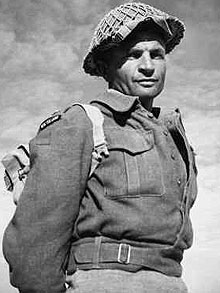
He was given the position of lance corporal in December 1939 and sent to Egypt with the advance party of the 1st Echelon. In July 1940, he finally agreed to go through OCTU where he became a sergeant. By November, he was a second lieutenant in charge of the 20th Battalion.
Upham found himself in mainland Greece in March 1941. Germany invaded, so the Allies fled to Crete. The Germans then attacked that island on May 20.
At first, it was a disaster for the Germans. They suffered so many casualties it seemed they must lose. The following day, however, Allied hesitation and communication failures turned the tide in the Germans’ favor. The latter took the airfield at Maleme, opening the way for more reinforcements.
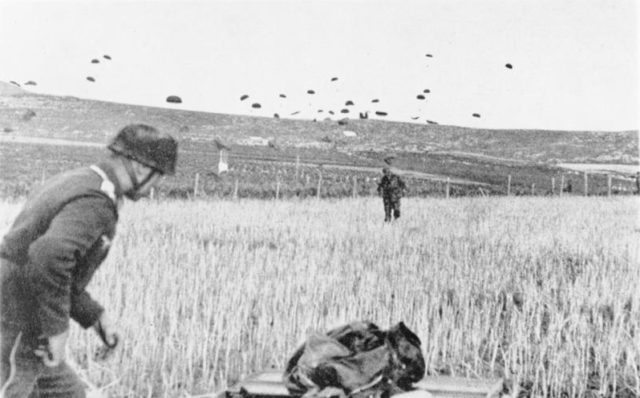
Upham and his platoon attacked the airfield the next day. Regardless of dysentery having weakened him, he led his battalion some 3,000 yards into the airfield despite the heavy enemy fire which killed four of his men. Enraged, he destroyed several machine gun posts with hand grenades, his favorite weapon.
The Germans were too well defended. He ordered a retreat and helped evacuate the wounded. Another company became isolated deep within the enemy lines, but he advanced another 600 yards to rescue them. As they retreated, he helped carry a wounded comrade to safety despite continued firing.
The next day, he led an attack on another German position before he was knocked over by a mortar shell – a piece of which lodged in his left shoulder. The day after that, he was shot in the foot.
On May 25, Upham’s unit successfully attacked another German advance outside the town of Galatas. Instead of sending a scout ahead, he went himself, scoped out the enemy and then launched an assault. He killed over 40 despite having his arm in a sling and a bullet still in his foot.
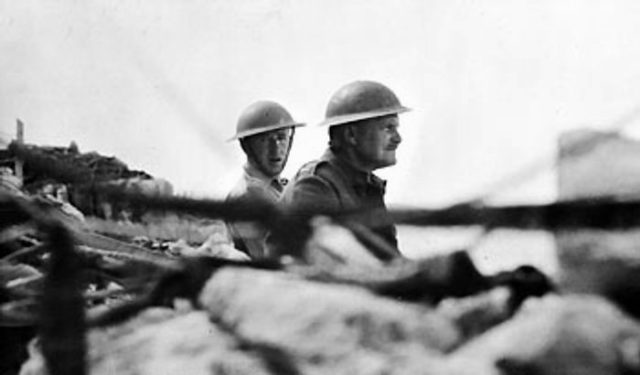
Thankfully, the retreat order came. He sent his platoon back, but those ahead did not get the order, so he ran forward to tell them, but he was shot in the arm. As two Germans approached, he played dead, then crooked his rifle into a tree fork, and shot them both. They were so close the second guy fell on Upham’s rifle.
Five days later, he helped defend the Allied headquarters at Sfakia by climbing a steep hill and taking out yet another set of Germans. With the bullet still in his foot!
He was evacuated to Egypt to get the bullet out, but it took some persuading because he wanted to shoot more Germans. To add insult to injury, he was awarded a VC, but he protested, claiming others were more deserving. He finally accepted it under pressure on October 14, but could not resist adding, “It’s meant for the men.”
June 27, 1942, found him at Minqâr Qaim, Egypt surrounded on all sides during the First Battle of Alamein. The following day, he led his platoon out through a hail of machine-gun fire and eliminated a truck full of German soldiers with his grenades.
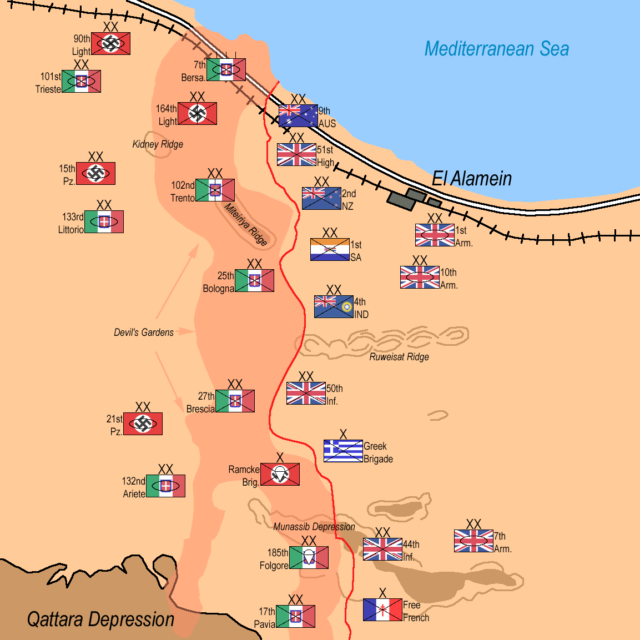
On the night of July 14, Upham was ordered to lead the disastrous attack on Ruweisat Ridge. Rather than send a scout ahead, he hopped in a jeep heading toward enemy lines until he got bogged down in sand… among Italian soldiers.
Before they could react, he put on his haughtiest British demeanor and ordered them to push. Stunned, they did just that, allowing his men to attack several enemy positions. He eradicated a tank and several machine gun nests with his beloved grenades, but they were hopelessly outnumbered. Upham was shot in the elbow, both legs, and had his arm shattered.
He became a POW and was sent to Italy. There, he refused to let his ruined arm be amputated. He recovered and showed his captors just how annoying he could be.
While being driven out of the hospital to a POW camp, he jumped out of his truck, broke an ankle, and ran another 400 yards before he was caught. He was put on a train where he jumped out of a toilet window. As the train was moving very fast, he was knocked out when he hit the ground.
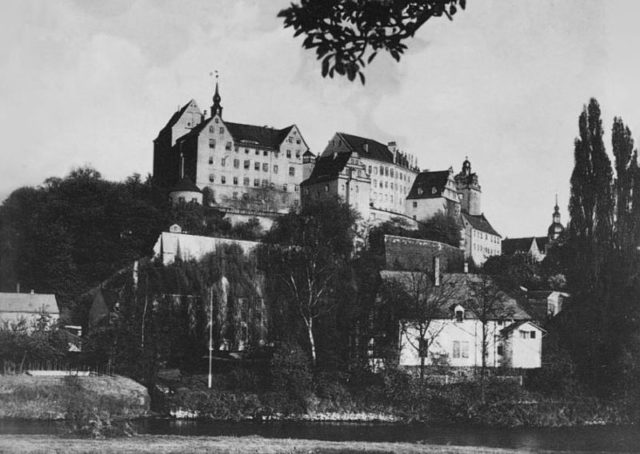
Finally getting him to a German POW camp, he again tried to escape but got trapped by barbed wire. The guard was so angry he pointed a gun at Upham, who calmly lit a cigarette.
He made one more escape attempt, managing to get out the front gate before he was captured. The guard in the tower later claimed he was so in awe of Upham’s nerve he could not shoot him.
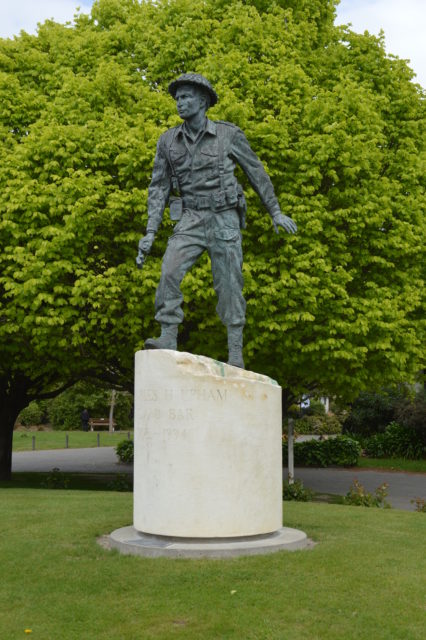
That, however, was the last straw. He was sent to Colditz Castle – a maximum security prison.
The Americans liberated the Castle in April 1945, and Upham asked if he could join them. Instead, he was sent back to England, where King George VI added a bar to his VC for Ruweisat.
